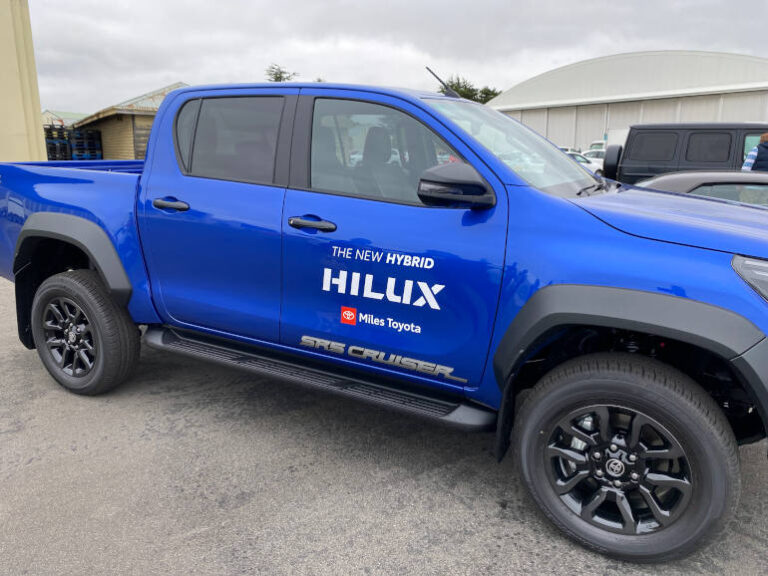According to the monthly VFACTS report in April, Toyota sold 1,278 hybrid light commercial vehicles. It was a mix of Hilux and Tundra. But when is a hybrid a hybrid?
Toyota started promoting the new 48-Volt technology for Hilux in 2023 with claims that it will reduce emissions, reduce noise, vibration and harshness while also improving off-road performance when combined with the 2.8-litre turbo diesel engine and six-speed automatic transmission.
The system comprises of an additional 48-Volt battery, small electric motor-generator and other components. It allows Toyota to provide a stop/start system on the Hilux which has been a common way for manufacturers to reduce emissions on passenger vehicles and SUVs.
While the 48-Volt system is theoretically a hybrid, it’s not what the manufacturer that has pioneered hybrid technology classifies as a hybrid.
According to a spokesperson at Toyota Australia, they do not refer to HiLux 48V as hybrid. To make the distinction clear between these technologies, they have given the fuel-saving 48V system its own name, V-Active Technology.
“This is an industry classification issue,” explained the Toyota spokesperson. “When providing updates to the media, Toyota Australia has never included HiLux 48V sales in our hybrid tally or included 48V when referring to our electrified share of total sales.”
The confusion might impact fleet purchasing policies designed to reduce carbon emissions. It has already created a blurred line with several manufacturers offering ‘mild hybrids’ which are similar technology to Toyota’s V-Active Technology.
Fleet Managers need to understand the differences of each technology to avoid purchasing cars and SUVs that will not help their organisations achieve CO2 reduction targets on a journey to net-zero.






